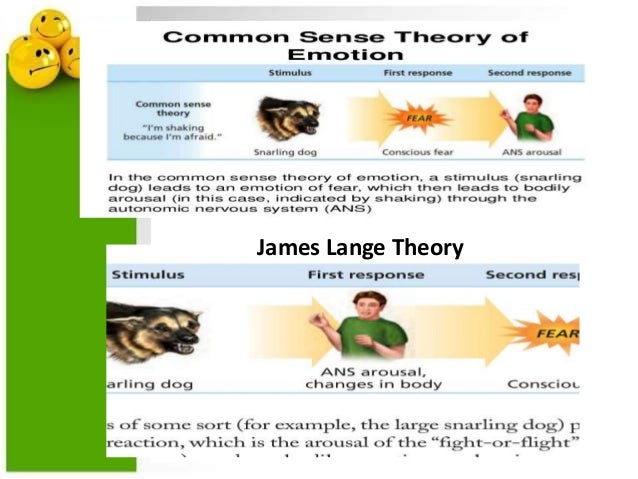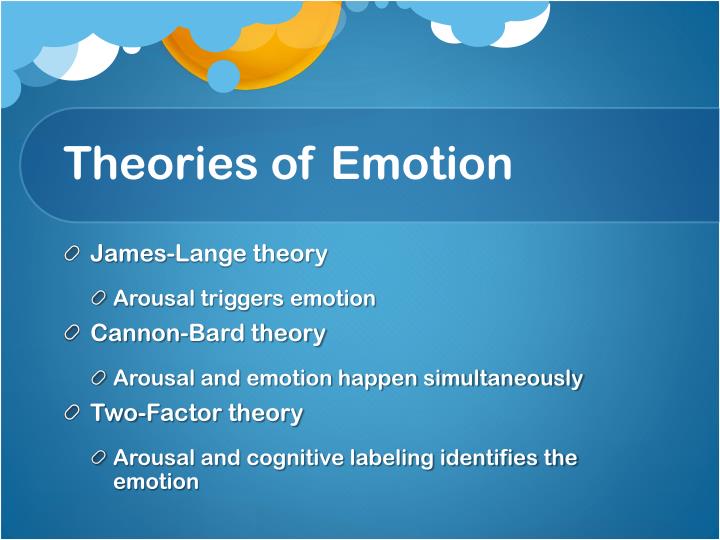
We have developed a theory of primary emotions using behavioral observations of Drosophila. Darwin (1876) assumed that emotion-associated behavioral phenotypes are easily recognizable in many species, including insects ( Anderson and Adolphs, 2014). Darwin (1876) found that insects use certain behaviors to express feelings homologous to human emotions, such as stridulation, which is the act of creating sounds by rubbing certain body parts together and can represent a range of various emotions in some insects. It is important to use the powerful analytical tools available in invertebrate model organisms to understand the evolutionary origins and neurobiological underpinnings of emotions. Insects, such as Drosophila, offer animal models for studying the mechanisms of fundamental emotional processes ( Anderson and Adolphs, 2014 Hoopfer, 2016 Shpigler et al., 2017). In addition, controversy abounds over the definitions of emotion, the number of discrete, fundamental emotional states that exist, and the degree to which different emotions have distinct neurophysiological signatures ( LeDoux, 1995 Damasio, 1997). Despite the importance of emotion in human health and illness, scientists struggle to reach consensus on the constructs underlying emotional phenomena and experiences ( LeDoux, 1995 LeDoux J., 2012). We refer to our proposed model of emotions as called the “ Three Primary Color Model of Basic Emotions.”Įmotions are fundamental to human life ( Kvajo, 2016) when expressed pathologically, psychiatric disorders of emotional regulation, such as depressive and bipolar disorders, are leading causes of medical disability. These core affects are analogous to the three primary colors (red, yellow, and blue) in that they are combined in various proportions to result in more complex “higher order” emotions, such as love and aesthetic emotion. There are four kinds of basic emotions: happiness, sadness, fear, and anger, which are differentially associated with three core affects: reward (happiness), punishment (sadness), and stress (fear and anger). The basic emotions are internal states that are modulated by neuromodulators, and these internal states are externally expressed as certain stereotypical behaviors, such as instinct, which is proposed as ancient mechanisms of survival. Here we propose an integrative model of basic emotions based on observations of this animal model. Analysis of Drosophila and other insects has unlocked new opportunities to elucidate the behavioral phenotypes of fundamentally emotional phenomena.




Despite the importance of emotion, the relative lack of objective methodologies to scientifically studying emotional phenomena limits our current understanding and thereby calls for the development of novel methodologies, such us the study of illustrative animal models. 4Department of Psychiatry, Baylor Scott & White Health, Dallas, TX, United StatesĮmotion plays a crucial role, both in general human experience and in psychiatric illnesses.3College of Medicine, Texas A&M University, College Station, TX, United States.2Department of Psychology, Jiangsu University, Zhenjiang, China.1Institute of Brain and Psychological Science, Sichuan Normal University, Chengdu, China.


 0 kommentar(er)
0 kommentar(er)
